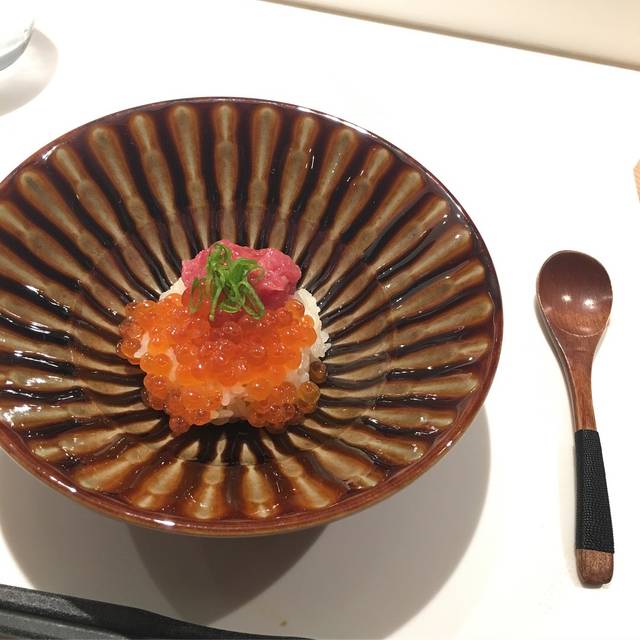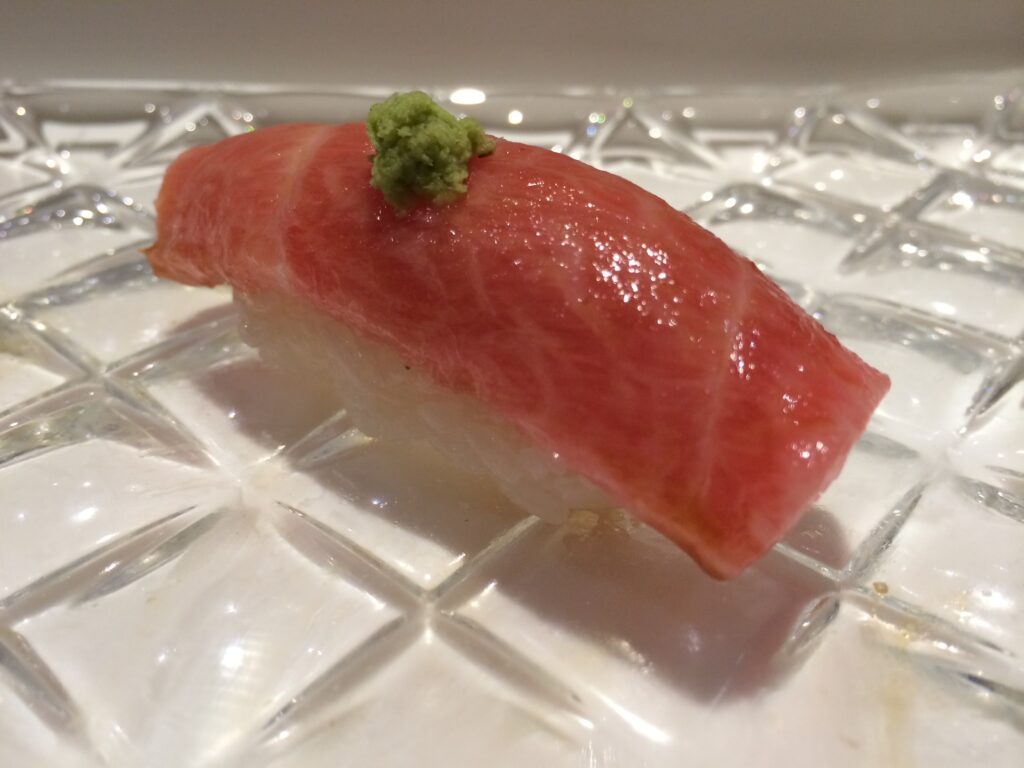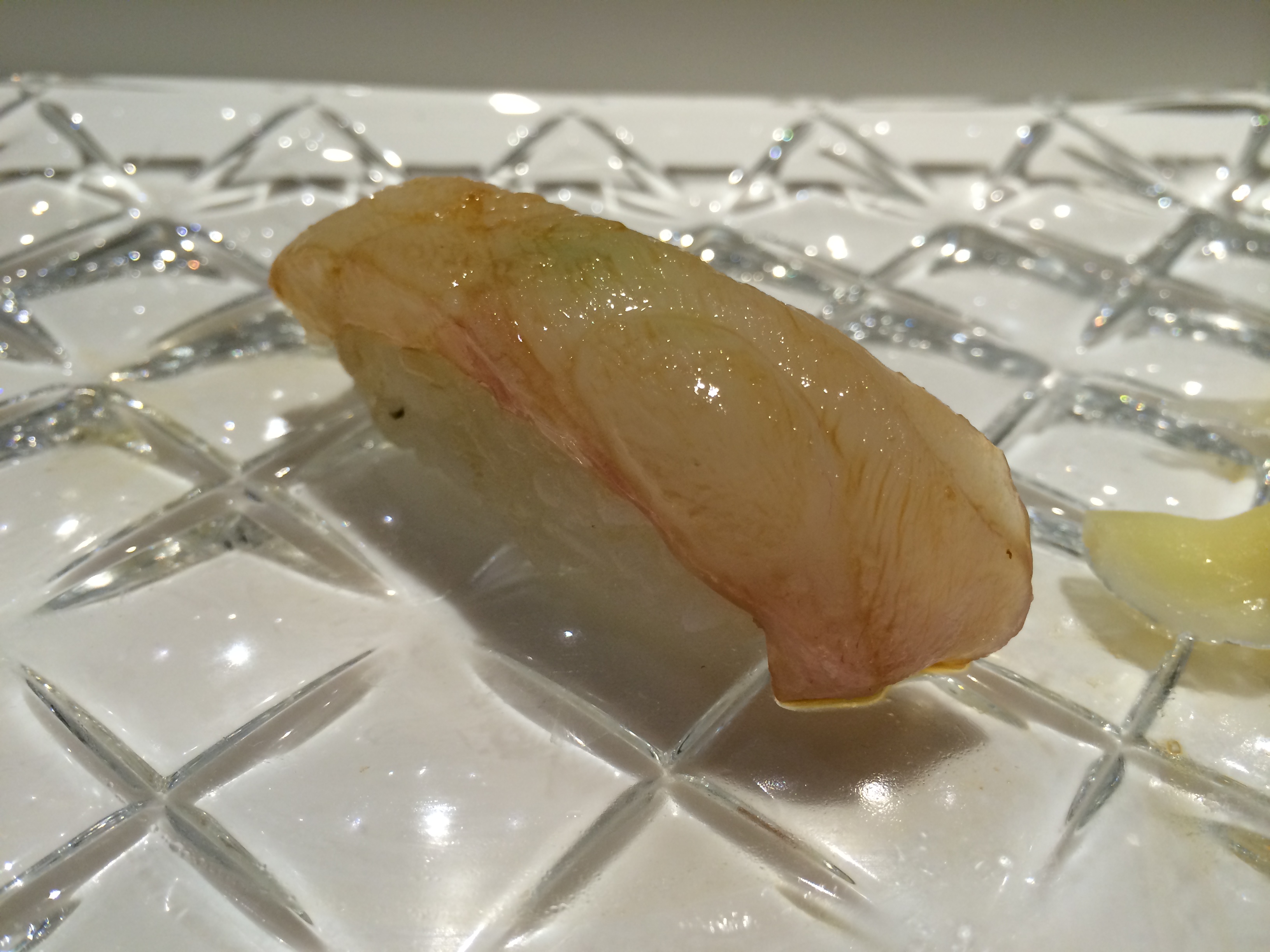

Helmed by executive chef Ryusuke Nakagawa, who has studied under two master kyō-kaiseki chefs, Aburi Hana’s multi-course set dinner menu focus on understated flavours and delicate presentation.Ī nod to the restaurant group’s namesake, dishes featuring aburi, or flame-seared, techniques often make their way onto the menus. Hana’s plates are as beautiful as they are tasty © Hana The Newcomer: Hana YorkvilleĪburi Restaurants Canada, the restaurant group behind Miku Toronto and Tora, brings Kyoto’s elegant kyō-kaiseki style of dining to Yorkville.

Look away, picky eaters, because you never know what the next bite will bring at these top Toronto omakase and kaiseki experiences. In both experiences, the diner commits to a multi-course meal with minimal knowledge of what will arrive on each plate.

It, too, is often unpredictable, with the courses changing regularly (often daily) based on what ingredients are fresh and seasonal. Kaiseki, on the other hand, is a multi-course set menu. In a traditional omakase experience, the chef will observe the diner’s reaction to each course and use it to guide the subsequent choice of dishes. Omakase is short for “omakase shimasu,” a Japanese phrase meaning “I’ll leave it up to you,” and reflects a meal in which the chef selects each course for the diner. Let’s get our terminology straight first: You’ll usually see the words “omakase” and “kaiseki” used to describe these dining experiences.Īlthough the two concepts are different, they share some similar elements. Between buzzed-about openings such as Sushi Masaki Saito and Hana Yorkville and long-running favourites that have been pleasing our palates for years, Toronto can’t seem to get enough of Japan’s surprise-me styles of dining. Fancy, multi-course Japanese menus are having a moment in Toronto.


 0 kommentar(er)
0 kommentar(er)
